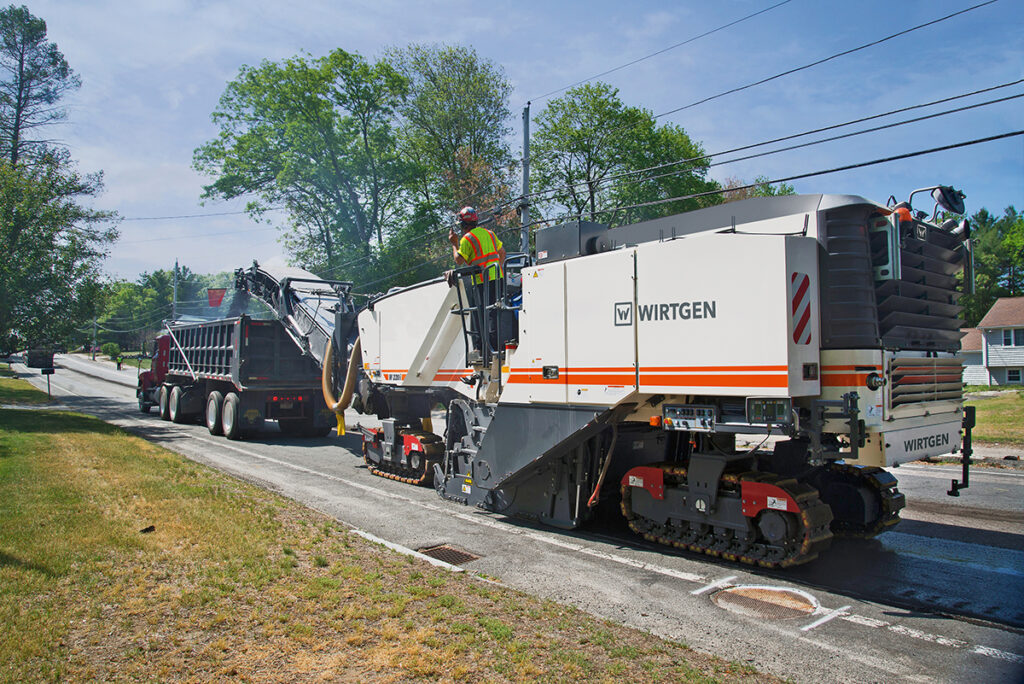 FP2 supports growth of pavement preservation and recycling because preservation is socially responsible and benefits the environment.
FP2 supports growth of pavement preservation and recycling because preservation is socially responsible and benefits the environment.
In addition to cost savings to governments, pavement preservation and recycling utilizes up to 80 percent less of the earth’s non-renewable resources compared to conventional highway rehabilitation and reconstruction programs.
For example, in-place pavement recycling keeps material out of landfills and puts it back in the pavement, preserving limited landfill space and reusing aggregates that already have been surveyed, acquired, permitted, shot, crushed and screened and transported to the job site. In an era of difficult extraction permitting, this prolongs scarce virgin materials for more critical mix applications.
Reclaimed asphalt pavement (RAP) also is used in thin asphalt surfacings.
By preserving and extending the life of pavements, preservation means less road work for the motorist and environment. Contractors get in and get out quickly!
Because freely moving traffic produces far fewer emissions than slowed or stopped traffic, the environment benefits from decreased emissions from fewer road work-related traffic jams, mobile construction equipment movement, and the endless procession of haul trucks.
 Preservation decreases airborne particulate matter (PM) compared to new construction.
Preservation decreases airborne particulate matter (PM) compared to new construction.
Also, transportation systems that perform before, during and after periods of increased stress or service disruptions due to climatic or man-made events are said to exhibit resilience. Preserved pavements are resilient pavements, just when they are needed most.
